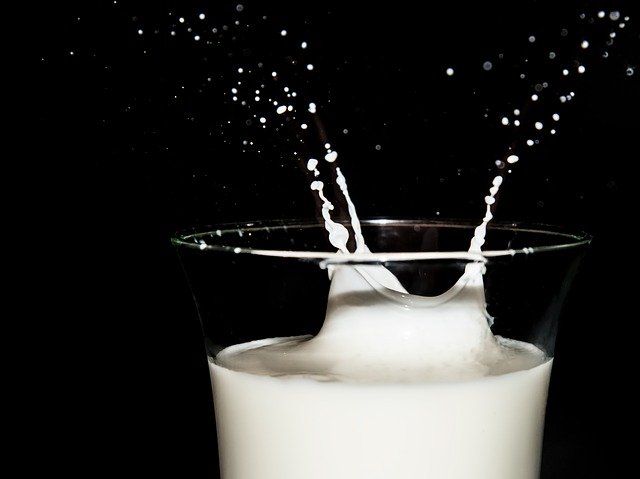Market changes hurt Texas milk producers
Industry experts say they hope worst may be behind them

Milk production remains steady despite COVID-19-related disruptions to the farm-to-market supply chains, said Jennifer Spencer, Ph.D., Texas A&M AgriLife Extension Service dairy specialist, Stephenville.
Texas is the No. 5 milk-producing state in the U.S. with about 12.6 billion pounds of milk annually valued at approximately $19 million. The direct economic impact of dairy production in Texas amounts to more than $3.3 billion annually, and the Texas Association of Dairymen reports milk products bring almost $40 billion into the state’s economy.
Trends before COVID-19 showed consumer purchases of milk, cheese, yogurt and other dairy-based products were at a steady trend, she said. But the pandemic has put the industry and dairy operations in a difficult spot.
Milk prices
Dairy operators faced a difficult 2019 as prices hit $15 per hundredweight and tightened margins, Spencer said. More than 140 dairies closed. Then prices began to rebound and 2020 was looking good for dairy operators before COVID-19 arrived and changed market dynamics.
Demand and prices went up initially during the pandemic when the public bought a glut of milk as uncertainty surrounding COVID-19 grew.
However, that changed, and milk prices fell and some dairy operators were forced to dump milk when market destinations for milk, cheese and butter like restaurants and schools closed. Prices fell $5 per hundredweight, around a 30% decrease from March to April.
Now many operators are relying on Coronavirus Aid, Relief, and Economic Security Act funding.
Spencer said the $3-per hundredweight federal relief additional funding is aimed to keep prices around $15 per hundredweight. Some legislators are expressing the need to set a minimum price for milk at $15 per hundredweight to protect dairies from market volatility during the pandemic.
The program asks that dairies reduce milk production by 10% to prevent processing facilities from being overwhelmed, Spencer said.
The timing for the reduction is one positive among negative forces milk producers face, because annually milk production reduces as cows deal with higher temperatures.
“Right now, dairy operators aren’t too concerned with the 10% reduction because we’re entering summer, and milk production will go down,” she said. “The fact that restaurants are opening up a bit more could help as well.”
Other dairy products
Spencer said she hopes consumers remember milk’s value as a source of essential nutrients and continue to support producers and the products their milk provides.
“They should know that dairy operators are still delivering a safe, nutrient-rich product,” she said. “Buying milk and milk products helps support the dairy farmers, but it also supports their own health.”
Spencer said milk consumed directly or used in a variety of products, from yogurt, butter and ice cream to supplements for fitness provides nine essential nutrients, These nutrients are important for repairing and building muscles, building and maintaining strong bones and teeth, helping the body utilize carbohydrates, fats and protein and promoting eye health.
One by-product of milk when producing cheese is whey, she said. Whey is a complete protein meaning that it contains all the essential amino acids the body needs. Often this by-product is used in protein shakes, energy bars and yogurt. Whey can also be added to baked goods and soups to increase the nutritional value.
Spencer said the market has even moved the industry to create special products, like ultra-pasteurized milk, for people who, like her, are lactose intolerant.
“When you think about it, milk and milk products are in or on so many items we see on the breakfast, lunch and dinner table,” she said. “Whether it’s in a recipe or with cookies or cheese on pizza, milk is a global staple.”
Milk facts:
- It takes eight pounds of milk to make one gallon of fluid milk.
- It takes 10 pounds of milk to produced one pound of cheese.
- It takes 12 pounds of milk to produce one gallon of ice cream.
- A single cow can produce 1,900 pounds of milk per month.
- The average American consumes 40 pounds of cheese, 20 pounds of ice cream and 140 pounds of fluid milk per year.
-30-
Via source, AgriLife | Market changes hurt Texas milk producers